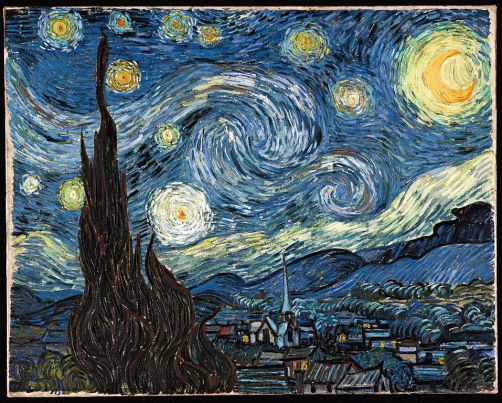“When will I ever use _________ in real life?” Students (and sometimes their parents) ask this question about algebra, trigonometry, calculus, chemistry, grammatical parts of speech, literature, history, or other subjects that they find difficult to learn.
As human beings created in the image of God, one of the ways we reflect God’s image is by creating order from disorder. Although God created ex nihilo (which we as humans cannot do), part of his creative effort was to create order from disorder. Genesis 1:2 tells us that the initial state of the earth was “formless.” The first thing God did was to separate light (day) from darkness (night). Next he separated the waters above (sky) from the waters below, and finally he separated the waters below (sea) from the dry ground (land).

When humans “create,” we use our God-given faculties to put things in a meaningful order or structure. Scientific and mathematical discoveries are all about discovering the order that God has instilled in the universe, and utilizing that order to discover yet more and harnessing that order in ways that benefit us. Learning about, and helping to define the order of our world isn’t just useful for those considering STEM (Science, Technology, Engineering, and Mathematics) careers (although this is certainly a very good reason for learning these subjects). It is also an exercise in understanding and reflecting our Creator.
It’s fairly easy to see how science is a means of discovering and utilizing the order that exists in the physical world around us, while mathematics may be described as a logical structure explaining and predicting what we observe in the physical world. But this exercise in observing and creating order is not limited to just the fields of math and science. Language and art is also about creating order and meaning.
Without organizing thoughts and meanings into words and language, our communication would be limited to pointing and grunting. Assembling words with no regard for their order and structure is what we call “gibberish.” This is why all students should welcome the opportunity to learn sentence structure, parts of speech, and how different ways of organizing words can enhance meaning. A sonnet, a haiku, a pun, a limerick, etc., are different ways of organizing and structuring words and thoughts that may elicit a different response than if they were organized differently. So, even if the language arts are not “your bag,” there is value in understanding how words are ordered and structured. Again, putting random words into a meaningful order is a creative process that reflects our Creator and it gives Him glory when we follow Him in creating order from disorder.
It should be clear by now that the visual arts and musical arts are also creative outlets for producing order and structure in a way that reflects and glorifies our Creator. A piece of artwork keeps colors and lines separated and ordered in a way that creates meaning. A musical composition arranges notes and sounds in a certain order. Whether someone finds that order “pleasing” or not, it’s still a creative effort that can be distinguished from random, unordered sounds (aka “noise”).
Proverbs 25:2 says, “It is the glory of God to conceal a matter; to search out a matter is the glory of kings.” Even those of us who are not kings can partake in the glory of kings and the glory of God by seeking to find and create order in the world around us. Keep this in mind the next time you are struggling to solve a quadratic equation or remember what a dangling gerund is.
